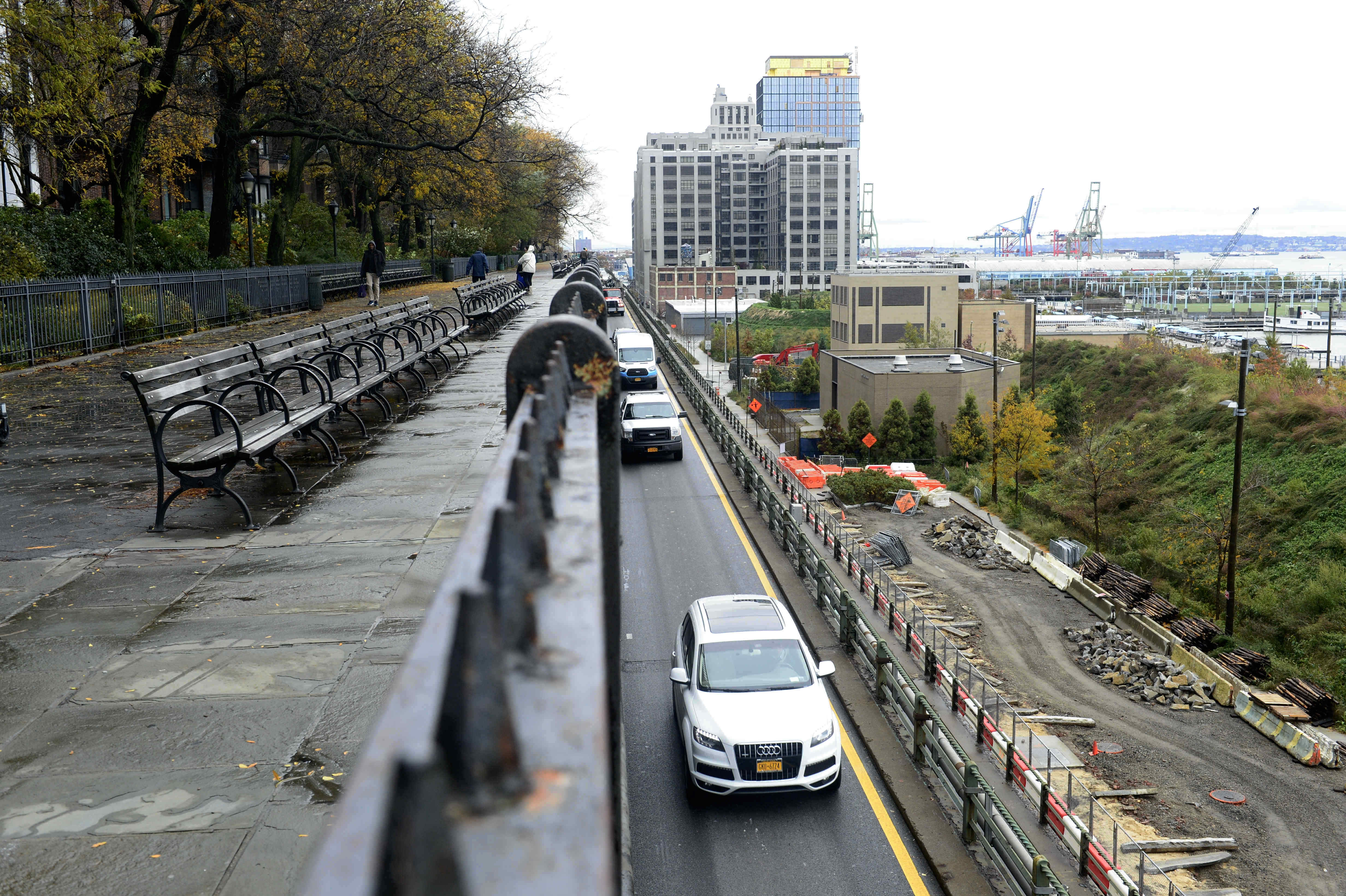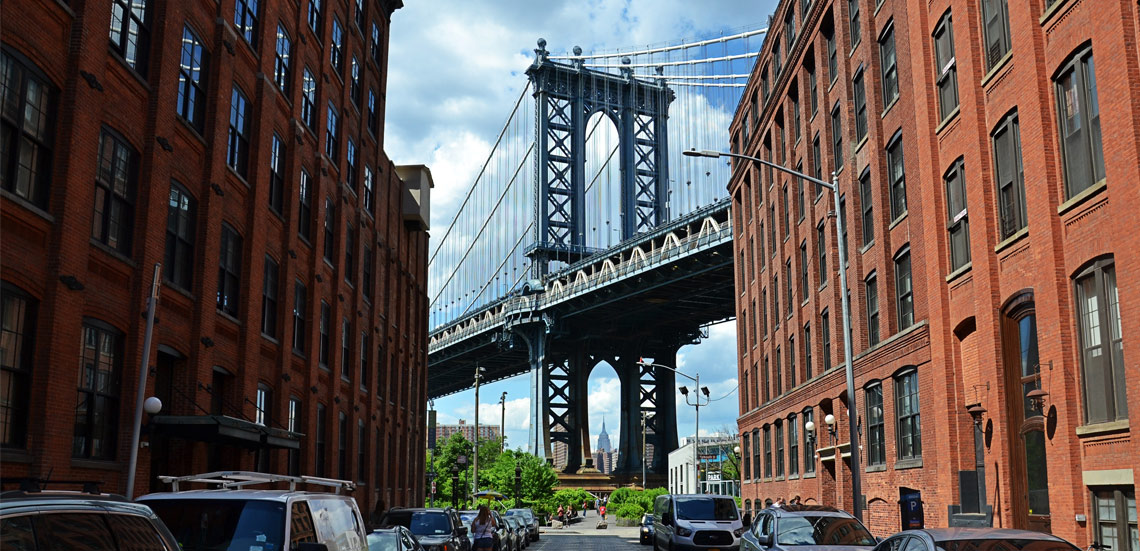OPINION: An open letter on the BQE-Promenade plan

A Better Way NYC — a grassroots group focused on the environmental, economic and community impact of repairing the Brooklyn-Queens Expressway — has called on local officials to “force” the city Department of Transportation to engage with the community on its plan to replace the Brooklyn Heights Promenade with a temporary six-lane highway. The rehabilitation of the decrepit BQE from Sands Street to Atlantic Avenue would take 6 to 8 years.
Below is the organization’s letter to officials, released on Tuesday.
——————–

Brooklyn Boro
View MoreNew York City’s most populous borough, Brooklyn, is home to nearly 2.6 million residents. If Brooklyn were an independent city it would be the fourth largest city in the United States. While Brooklyn has become the epitome of ‘cool and hip’ in recent years, for those that were born here, raised families here and improved communities over the years, Brooklyn has never been ‘uncool’.